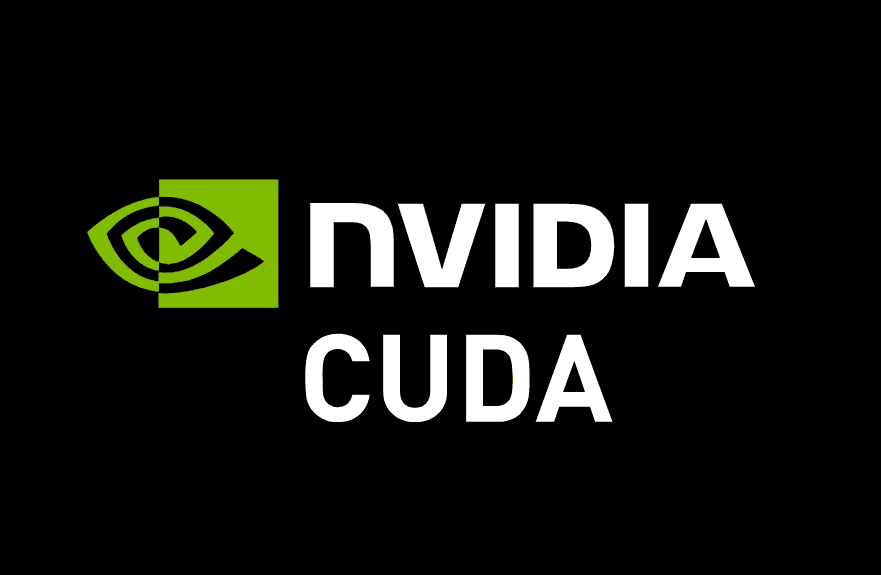With its automotive SoC, Nvidia promises carmakers a licensable ASIL-D certified software stack. But OEMs face the dilemma of either getting locked into Nvidia or designing alternative stacks of their own with no adequate support from Nvidia.

What’s at stake:
To Cuda or not to Cuda revives the decades-old debate over licensed vs. open-source software. But at stake is the safety, for those who choose to develop their own AV software stack outside the context of a safety-certified Nvidia’s SoC and Drive OS. The onus of qualification is now placed on the carmakers’ system integrators. It’s “a huge undertaking,” to say the least, according to a safety expert.
In designing next-generation highly automated vehicles, carmakers’ top priority has to be the right advanced automotive SoC. OEMs need a highly integrated chip with enough processing capability to power neural networks, support sensor fusion and manage central engine functions in new ADAS models.
